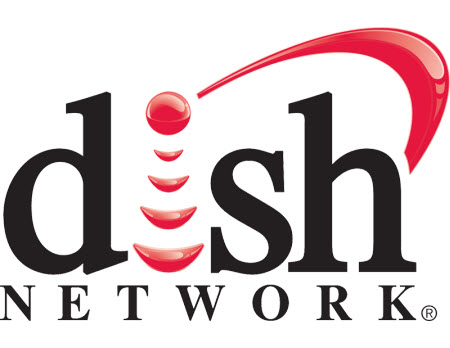Dish Tests Its Resolve With Tribune

The one-month anniversary of the retransmission-consent dispute between Tribune Media and Dish Network passed with little fanfare last week. And though both sides claim they are still negotiating toward a settlement, some analysts believe that the end to the spat will be more a question of endurance than of compromise.
About 42 Tribune stations in 33 markets went dark to about 5 million of the satellite-TV provider’s customers on June 12, after the parties couldn’t reach a retransmission-consent agreement.
Dish has claimed that Tribune is asking for more than double the old rate for its stations and cable network WGN America, while Tribune has countered that its requested rates are in line with what comparable distributors have already paid and reflect the value of its content.
AT LOGGERHEADS
In an interview last week, Dish senior vice president and deputy general counsel Jeff Blum said the satellite company has been distributing free over-the-air antennas to Dish customers in the affected areas. Dish has also proposed several extension scenarios that would put the stations back on the air during talks and, once a deal was reached, the terms would be retroactive, Blum said.
Tribune has rejected those offers as self-serving for Dish, counterin with a longer extension proposal, which the satellite company rebuffed.
Adding to the acrimony is that broadcasters are beginning to buy pay TV networks — Sinclair Broadcast Group held up its retrans negotiations with Dish last year by trying to secure carriage for a cable channel it didn’t yet own, which turned out to be Tennis Channel — but managed to eventually work out a deal.
The smarter way to stay on top of the multichannel video marketplace. Sign up below.
Tribune only owns one pay TV channel, WGN America, which was originally a superstation feed of WGN-TV in Chicago before it converted to a cable network in 2014. The network’s fees are low, though. Last year, SNL Kagan estimated WGN America attracted 8 cents per subscriber per month. Retrans fees are much higher, usually in the range of $1 to $2 per subscriber, per month.
PAST BATTLES
Tribune has had some retrans scuffles in the past. It went dark to DirecTV customers in 2012 for about four days and was blacked out to Cablevision Systems customers in the New York area in 2012 for nearly two months.
That willingness to wait it out until the other guy blinks may be a key component of the negotiations, Telsey Advisory Group media analyst Tom Eagan said.
Tribune said it is still in contact with Dish and hopes a deal can be reached, but it isn’t ready to blink just yet. The broadcaster has balked at Dish’s offer of baseball- style arbitration — it says that carriage deals are too complicated and nuanced for that type of settlement.
Eagan sees Dish with a slight edge in talks for two reasons: It isn’t as concerned with subscriber losses as other pay TV operators, and its lack of a broadband service could prevent Tribune from blocking out online access to programming for Dish subscribers.
“Management, and to a degree the Street, doesn’t care so much about subscriber growth,” Eagan said in an interview. “It isn’t that big a driver of the stock.”
Eagan said he sees Dish’s willingness to sacrifice subscriber growth for a more favorable rate as endemic to its overall strategy. It isn’t just negotiating for this deal, it is negotiating for future deals, too.
“I don’t know what broadcast-station group renewals come up after this, but they [Dish] are trying to draw a line in the sand,” Eagan said.
RISKY STRATEGY
But pay TV subscribers are fickle. In 2013, Time Warner Cable dug in its heels during a summer dispute with CBS, a period thought to be ripe for a blackout — there are no major sporting events, reruns rule the broadcast airwaves and most people spend more time off the couch. A month later — after Time Warner Cable had lost 300,000 basic-video customers, the worst quarterly subscriber loss in its history — CBS had its deal at terms close to what it had originally asked for.
No one is expecting a similar fate for Dish in this go-round. Eagan said times are different, the markets are smaller and there were fewer over-the-top alternatives in 2013. Tribune stations offer news, sports and weather information via individual station apps and websites, and viewers can access broadcast-network programming streamed online through their respective websites and apps.
“While that poses a risk for the operator in general because they have substitutes, but it also makes it easier for them [subscribers] to not leave the operator if they suddenly lose a programmer or a channel,” Eagan said.
